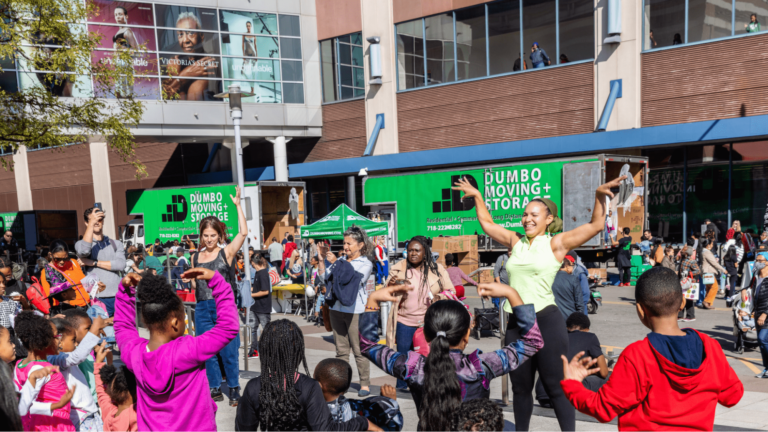Like most people, my stint in events started with the internal dialogue “I want to throw live music events as an ode to my passion, not for money.” My doe-eyed naivety was replaced with panic soon after.
The rude awakening came in the form of upfront costs like booking the venue, obtaining required licenses, and paying the talent. Suddenly, I was out thousands of pounds — and the event was still weeks away.
If it weren’t for our sponsors, we would have barely made it through that first event. I know this situation is familiar to many event organisers, who (on average) rely on sponsorships for about 37% of their revenue.
I learned that when it comes to getting a sponsor, it’s all about creating a mutually beneficial dynamic. Sponsors are happy to support an event that helps them reach new audiences that align with their brand. In return, event planners must promote the sponsor’s brand before, during, and after the event through advertising, signage, digital promotion, etc.
Some brands actively look for events to support and allocate an average of 10-20% of their marketing budget for sponsorships. But if you don’t have existing relationships with sponsors or connections in the event space, it’s unlikely they’ll be looking for you. You’ll need to build a process to find, contact, and nurture relationships with brands that align with your event.
I recently spoke with Matt Tuffuor of Toasted Life, an event creator who designs immersive lifestyle experiences for BIPOC (Black, Indigenous and People of Colour) audiences, to learn how they get sponsors for their events across the United States.
Matt shared his step-by-step approach to finding the right sponsors in each city, sharing insights that apply to events of any size.
In this guide, I have compiled everything I learned from his insights and more. You’ll find actionable tips and real-life examples that can help — whether you’re planning a seven-figure festival or a 20-person webinar.
1. Understand why companies sponsor events
You need to deeply understand how your event can help your sponsor to attract them with your pitch. It’s all about creating a Godfather offer — one that they can’t refuse.
At its core, sponsorship is a marketing technique that brands use to connect to their customers — aka your attendees. This means the sponsors you’re seeking have a goal in mind. Ideally, that goal should align with your own event goals.
Events are good at bringing people together who share a common interest. Through sponsorships, brands can tap into your target audience. This is especially useful for advertising to clients a business wouldn’t otherwise reach.
Tradeshow Logic found that the most common reason companies sponsor events is to create sales leads — at the end of the day, revenue is often the most important motivator.
Brand awareness
Event sponsorship allows businesses to advertise their name, products, and services. Like TV ads and billboards, displaying your branding across a festival can generate leads.
More brand exposure also builds top-of-mind-awareness, ensuring that when consumers are ready to purchase in their category, the featured brand is the first one they recall.
Brand credibility
People notice if a business volunteers at a fundraiser or supports community events. Sponsorships increase a company’s corporate social responsibility (CSR). It can also make their brand seem more approachable and socially conscious.
Shared publicity
Partnering can benefit you and your sponsors, especially when it involves a local business.
Eataly is a London-based chain of Italian food halls where customers can eat, shop and take cookery classes. Taste of Eataly, a 4-day Italian wine and food festival, is sponsored by the Italian Trade Agency.
Recruit new employees or community members
Through sponsorship opportunities, brands can advertise partnering and job opportunities to the public. This reduces the time and money spent on recruiting.
2. Choose the right sponsors for your event
The ideal sponsor will be as excited to work with you as you are to work with them. Sometimes, they’re right around the corner from you; other times, it takes some digging to find them.
Use these proven methods to make the search easier:
Identify your audience
To find sponsors that fit your audience, learn about your attendees — their interests, key behaviours, and spending habits. There are several places to start mining this information:
- Your event ticketing platform: Depending on the information attendees provide when registering, you already have a built-in database of demographics.
- Tracking technology: Who’s visiting your website? Technologies like Google Analytics will tell you where they live, what sites they visit, and where they land on your site.
- Social media ads: If you advertise on Twitter, Facebook, or Instagram, you have access to lots of data. Facebook’s “Audience Insights,” for example, can tell you what pages your target audience has liked and how they spend their money online. Use Eventbrite’s Marketing Platform to make this process more streamlined.
- Social media hashtags: I like to dive into relevant hashtags on TikTok and Instagram to find brands that align with the event. If your event is all about sustainability, search #GreenEvents. If it’s focused on diversity and inclusion, check out #SupportBlackBusinesses, #WomenInBusiness, or #LGBTQOwned.
💡Pro tip: Tuffuor recommends asking your audience for advice on brands you can approach for sponsorship opportunities. “They actually want to be heard and seen by you, and it can go a long way in building trust, deepening engagement, and making them feel like they’re part of the process.” Plus, your audience can point you toward sponsors you probably would not have come across on your own.
If you used an event attendance tracking technology like RFID bands for your past events, analyse the attendee data from Eventbrite to understand your audience better. You can also see sales data, social media impressions, and more in one place.
Access this information easily with the following steps:
1. Go to Manage my events
2. Go to your Reporting workspace
3. Choose “Attendee Summary”
4. Select your events and add filters such as promotion code, ticket type, or sales channel
5. Add additional information you want
6. Export your data into Excel or CSV format

Looking at these various sources of data, you might learn information like this:
- More than half of your target audience likes Amazon’s Facebook page — so Amazon (or one of its competitors) would be a smart sponsor.
- Your followers tend to like winery pages — so a wine shop would be a good fit.
- 70% of those who clicked on your ad live within a single city — so if you want a local sponsor, you should concentrate on a sponsor from that area.
This data is pure gold — it can help you create a razor-sharp pitch for sponsors and create a targeted plan for your event and event marketing.
Find brands that align with your fans
Make a broad list of the types of companies that align with your fans’ expressed interests — these can be your potential partners.
For example, if your attendees like camping, include outdoor retailers on your list. If they express an interest in luxury travel, spas and resorts should be on the table; if they show an interest in art, local galleries and supply stores will be good options.
Then, get specific. Start making a list of brands you’d like to approach. You might know that you want to woo breweries, for instance — but which ones? One way to filter is by browsing social media to determine which of these breweries would resonate with your attendees. What brands are trending? Does one specialise in gluten-free beer?
💡Pro tip: Your audience can spot an inauthentic partnership from a mile away — they’ll know if a sponsor truly aligns or if you just took the check. The best way to gauge a fit is to analyse if your audience already engages with this brand or similar brands.
Tuffuor also cautions against bending to pressure from the sponsors: “Don’t let a sponsor derail your vision just because they have the money. Yes, you need funding, but you also need to protect the integrity of your event.”
Research companies and similar events
Once you have a list of organisations, start digging deeper. Scroll through their socials and check their websites. What topics do they promote? Have they sponsored events before? Add a check to potential leads.
Then, work in reverse. Look up events like yours and find out who sponsored them. There’s a good chance your event will also interest those companies.
Expert example: The Adventure Girls Club
The Adventure Girls Club, which runs regular women-only walking events, found an excellent sponsor in clothing company ACAI outdoor wear. This means sponsored events are free, making the event even more accessible to women and non-binary people wanting to experience the outdoors with a like-minded group.
These types of partnerships may feel obvious to you, but that’s what makes it perfect.
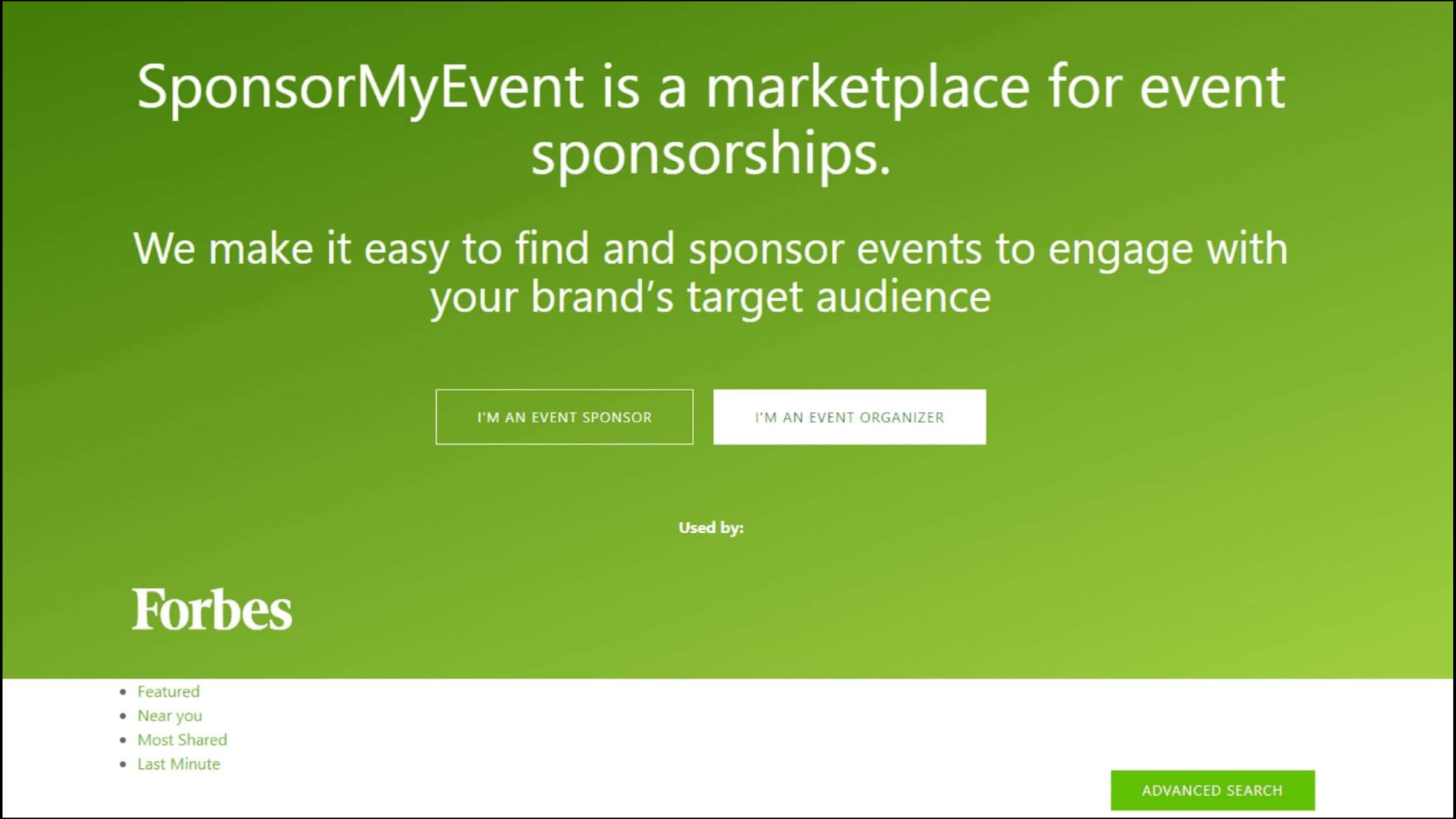
3. Use online tools to find potential sponsors
Contacting successful leads the first time around saves you time and money. Online platforms can help you identify strong potential sponsors. They work as a marketplace for event planners and brands who want to become sponsors.
Pick a platform that fits your style, such as:
- SponsorSeeker: the UK's biggest online marketplace for sponsorship opportunities in events, sports, arts and charities.
- SponsorMyEvent: used by some of the biggest names in the industry. It facilitates relationships between sponsors and event planners.
- SponsorPitch: uses analytics to provide data-driven leads at your fingertips. Choose them to identify sponsors and analyse your competition.
- OpenSponsorship: focuses on sports, athletes, and teams — suitable for events or audiences in the sports entertainment category.
💡Pro tip: Another quick way is to identify similar events and see who is being tagged as sponsors for those. These companies are actively investing in sponsorships and might be interested in supporting your event too.
Once you have your shortlist of potential sponsors, it’s time to create a pitch.
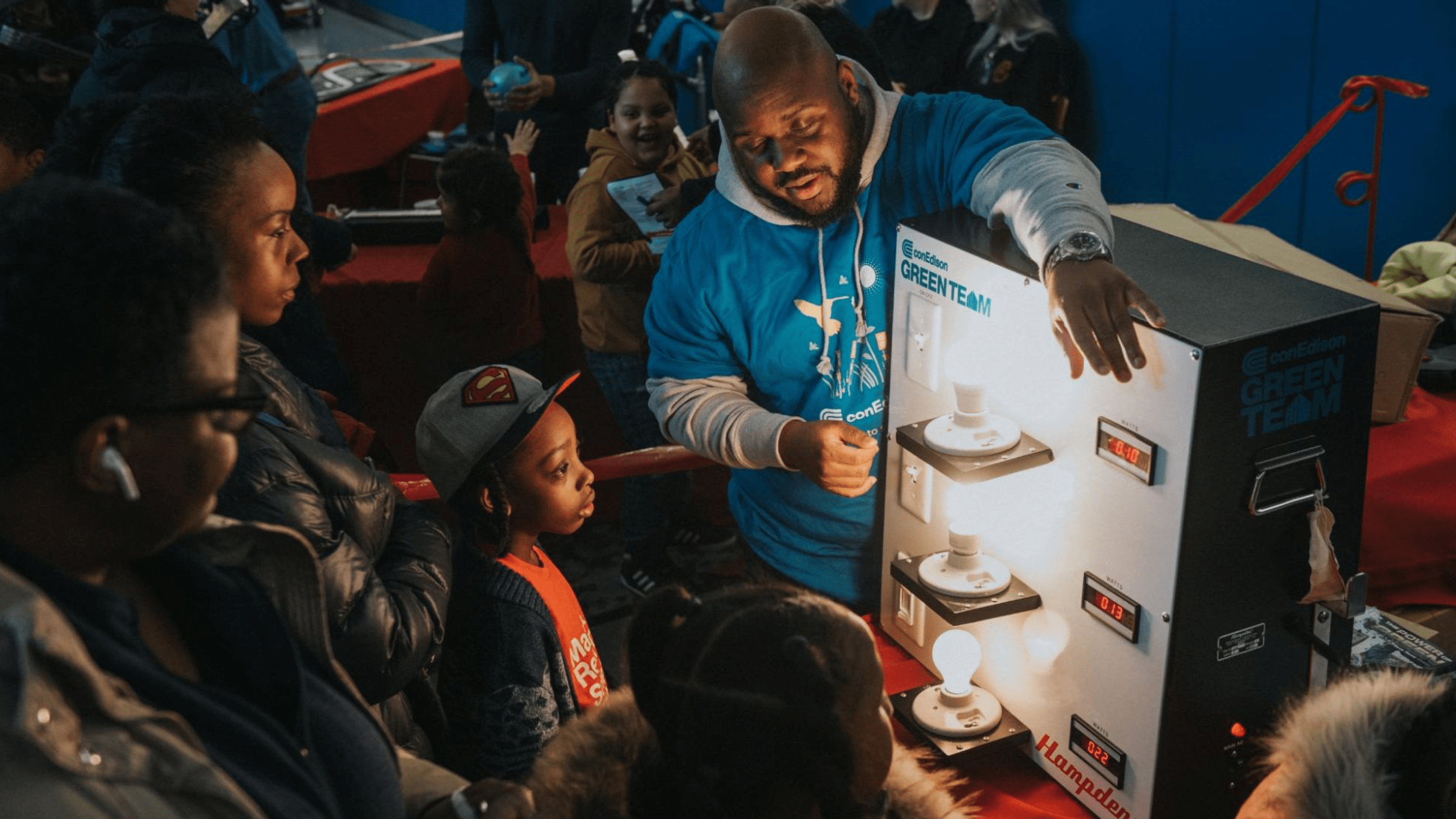
4. Create an event sponsorship proposal letter
A strong proposal secures sponsors. Your submission should be short, snappy, and supportive of your broader sales pitch. Prepare yours from scratch, or use our templates for event sponsorship emails.
A strong introduction or follow-up in the form of a PDF or PowerPoint presentation can play a pivotal role in your success. These are called sponsorship pitch decks.
Once your pitch is ready, it’s time to reach out to the potential sponsors on your shortlist.
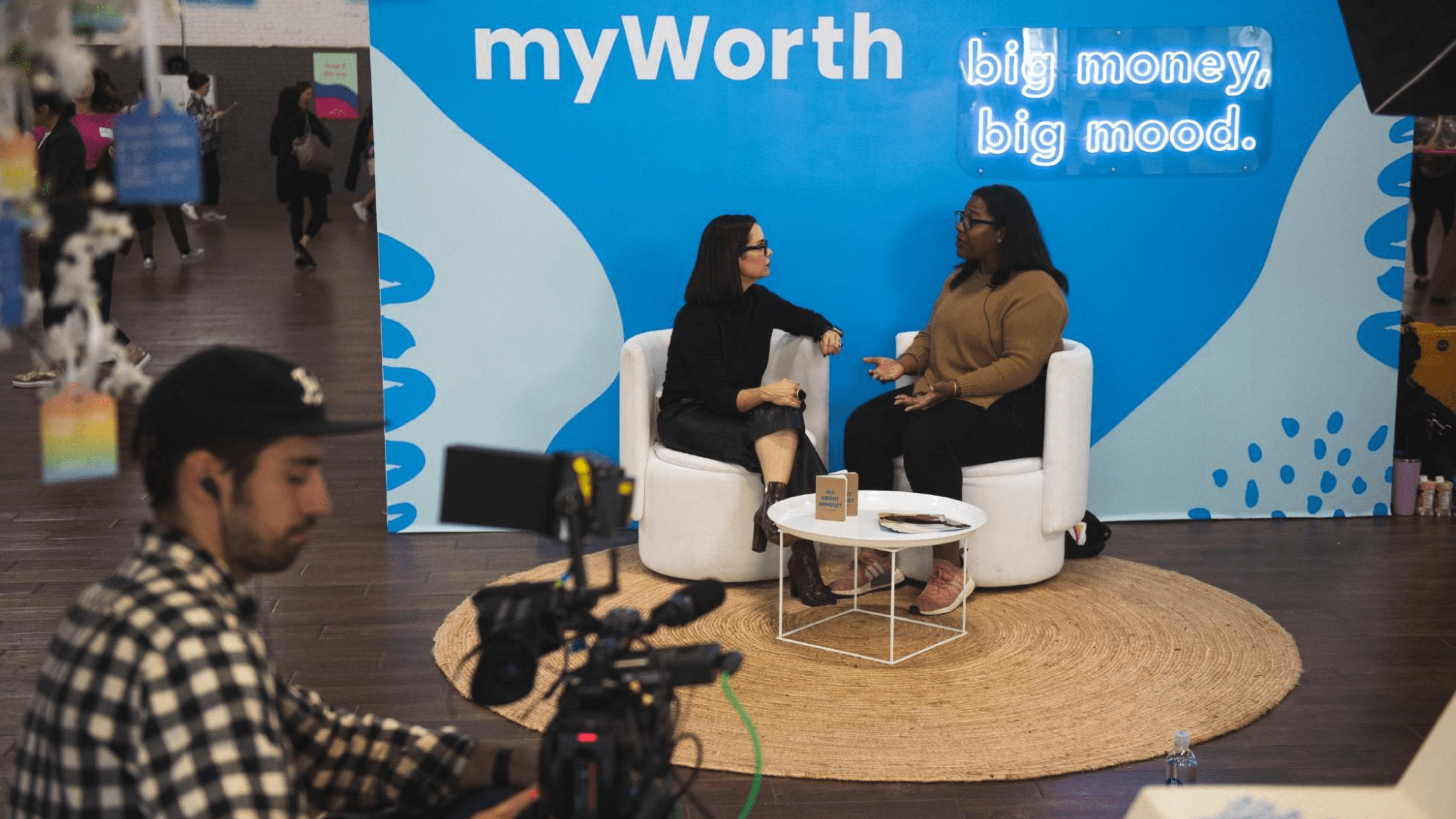
5. Approach key decision-makers to sponsor your event
Not sure how to approach sponsors for an event?
There are many great ways to kick off the relationship. Especially with local business sponsorships, you may already share a mutual friend or have met the person in real life. Strike up a conversation with any relevant contact you have at the company and see if you can get the name of a sponsorship decision-maker.
If you’re starting from scratch, getting to the right person can take time. Don’t give up. Try reaching out through LinkedIn and other social media platforms.
Matt Tuffuor uses LinkedIn to identify key stakeholders and reach out to them directly. He leverages mutual connections to his advantage because warm introductions can significantly improve response rates and lead to more meaningful conversations with potential sponsors.
Tuffour also recommends ensuring your online presence is solid before doing any outreach. “Once you establish contact, potential sponsors will start doing their own research, Googling your brand, checking Yelp, scanning Google Images, and even reading the comments on your social media. You want to make sure there are no red flags, bad reviews, negative press, or unhappy customers, that could raise concerns and derail the opportunity.”
Taking the time to clean up your digital footprint and present a strong, professional image can make all the difference.
If social media isn’t for you, you can also use the internet’s oldest and most trusted outreach tool: email.
Writing event sponsorship emails is a common practice, but its effectiveness often depends on the quality of your writing. For an article we published on email sponsorship templates, we had a chance to talk with Taylor Price, the former Content Marketing Manager at Grammarly. His overarching advice is to open strong.
“When it comes to email, words matter,” says Price. “The words you choose need to convince someone that your email is worth opening. And that starts with a good subject line.”
Here are seven cold email event sponsorship guidelines to take note of:
1. Give sponsors a reason to open
As you begin to approach brands for business sponsorship, remember that your goal is not to sell sponsorship. “The average person receives over 120 emails a day,” says Price. “If your subject line asks too much or comes off as needy, it’s likely to end up in the trash.”
Instead, write a subject line that gives the sponsor context for why you’re reaching out to them.
“Imagine you made contact with someone that works for a prospective sponsor at a recent networking event,” Price says. “If you’re convinced they’d remember you favourably, it’s always helpful to bring it up.”
A subject line that says “Met you at [event]. Let’s connect!” sets the context for your message and extends an invitation to continue the relationship. The same strategy works when emailing a referral, too. All you have to do is say, “[Referrer name] recommended I get in touch.”
2. Start off strong
Convincing a prospective sponsor to open your email is just the beginning. Your next challenge is keeping their attention — come off too pushy, and they’ll wonder why they opened it in the first place.
The same applies if you aren’t clear about what you are asking. For example, avoid overused phrases like “hope you’re doing well.”
“It’s a stock opening that we’re all too familiar with,” Price says. “For in-person conversations, it’s socially mandated. But on email, you risk sounding insincere.”
There are better ways to break the ice and get down to business.
“If you’re writing a high-stakes email that needs to get results, it never hurts to do your homework,” says Price. “You don’t have to stalk someone on social media but doing a little research can go a long way. Include a sentence or two at the opening of your email to show you’re familiar with the recipient’s work.”
Let’s say, your prospect was recently recognised as an industry leader by a well-respected publication. A brief note congratulating them on their accomplishments shows that you’re interested in their goals.
Master email marketing with Eventbrite
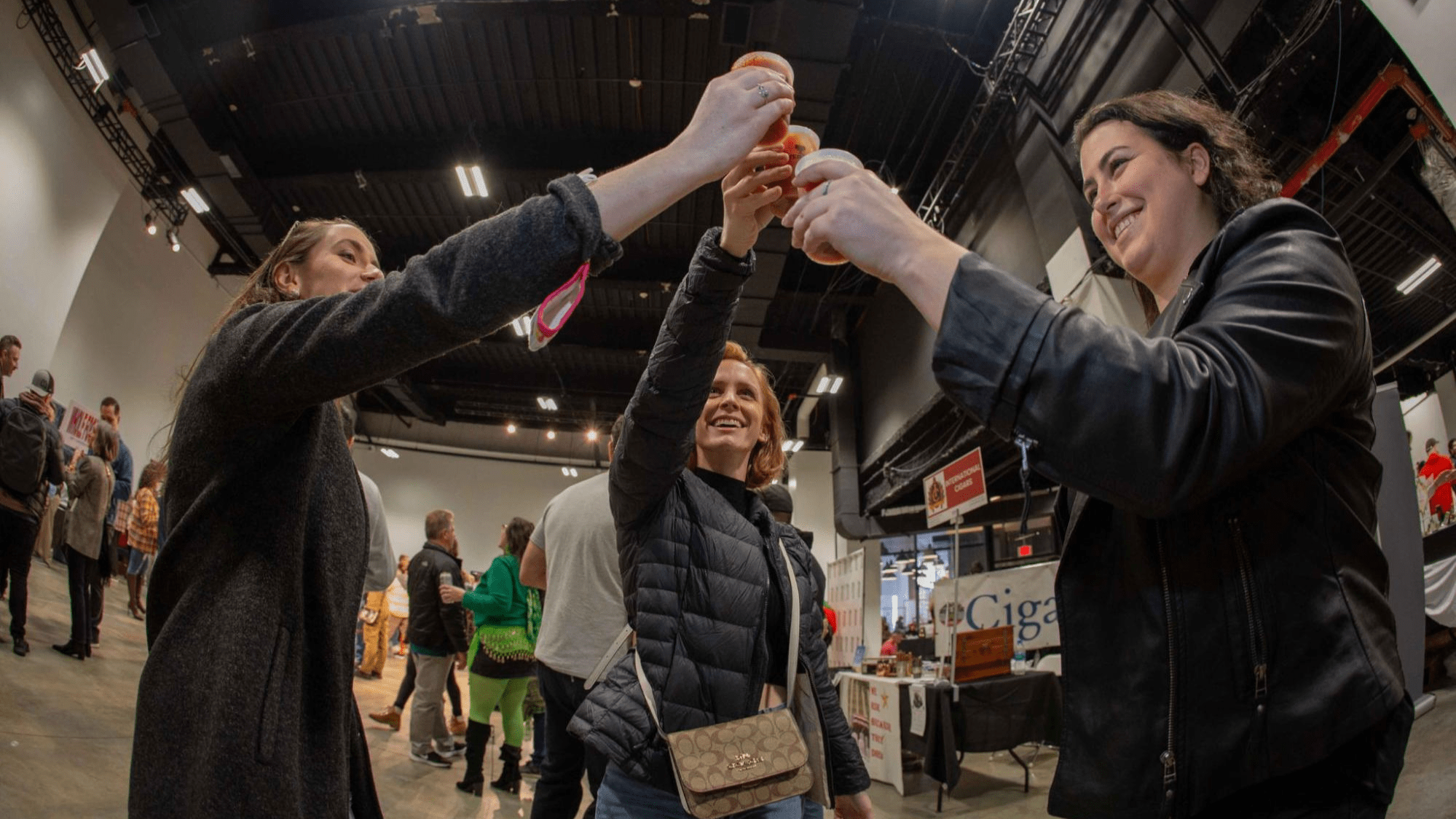
3. Mention connections
“Again, mentioning a mutual connection is a huge plus,” says Price. “People are much more receptive if you’ve been referred by someone they know and respect.”
While it’s important to give context to your relationship with the sponsor, don’t write a novel. Once you’ve briefly mentioned your mutual connection, transition into the purpose of your email.
Here’s an example: “I recently had lunch with [referrer name], who shared some of your ideas. I was blown away! I think your approach would be a perfect fit for a project I’m working on.”
4. Seek their expert opinion
Remember – sponsorship is supposed to be a win-win. Make your prospective sponsor feel like a resource. “We like to be thought of as experts,” says Price. “We like to know that our opinions matter.”
The key to success is making your request seem effortless. “Keep in mind that you’re not the only person asking for their time,” he says. “If you let them know how long your request will take, they’ll be more likely to respond — and commit.”
You can prove how much you respect their time by keeping your request concise. “Spare 15 minutes to give your expert feedback” is only eight words long and perfectly articulates the request.
5. Ask for the referral or meeting
By now, the potential sponsor should know who you are and what you’re doing. The last piece of the puzzle is telling them what you want them to do. Be explicit and include a clear call to action.
“Would you be able to put me in touch with [referrer name]?” or “Does 3 pm work for a phone call?” are questions that ask them to commit.
6. Bring it to a close
Avoid signing off with “thanks in advance.”
“If you thank a sponsor in advance for doing something, it can come across as arrogant,” Price advises. “Depending on the context, it could make you sound as though you’re expecting them to do something.”
Closing with an expression of gratitude is shown to increase response rates, so while you should avoid thanking your prospects in advance, a simple “thanks” can go a long way.
7. Take the next step
Sponsorship is a relationship business. The better you can build connections with your potential sponsors and establish trust, the more valuable your event will become. Aim to maintain communication without pushing boundaries.
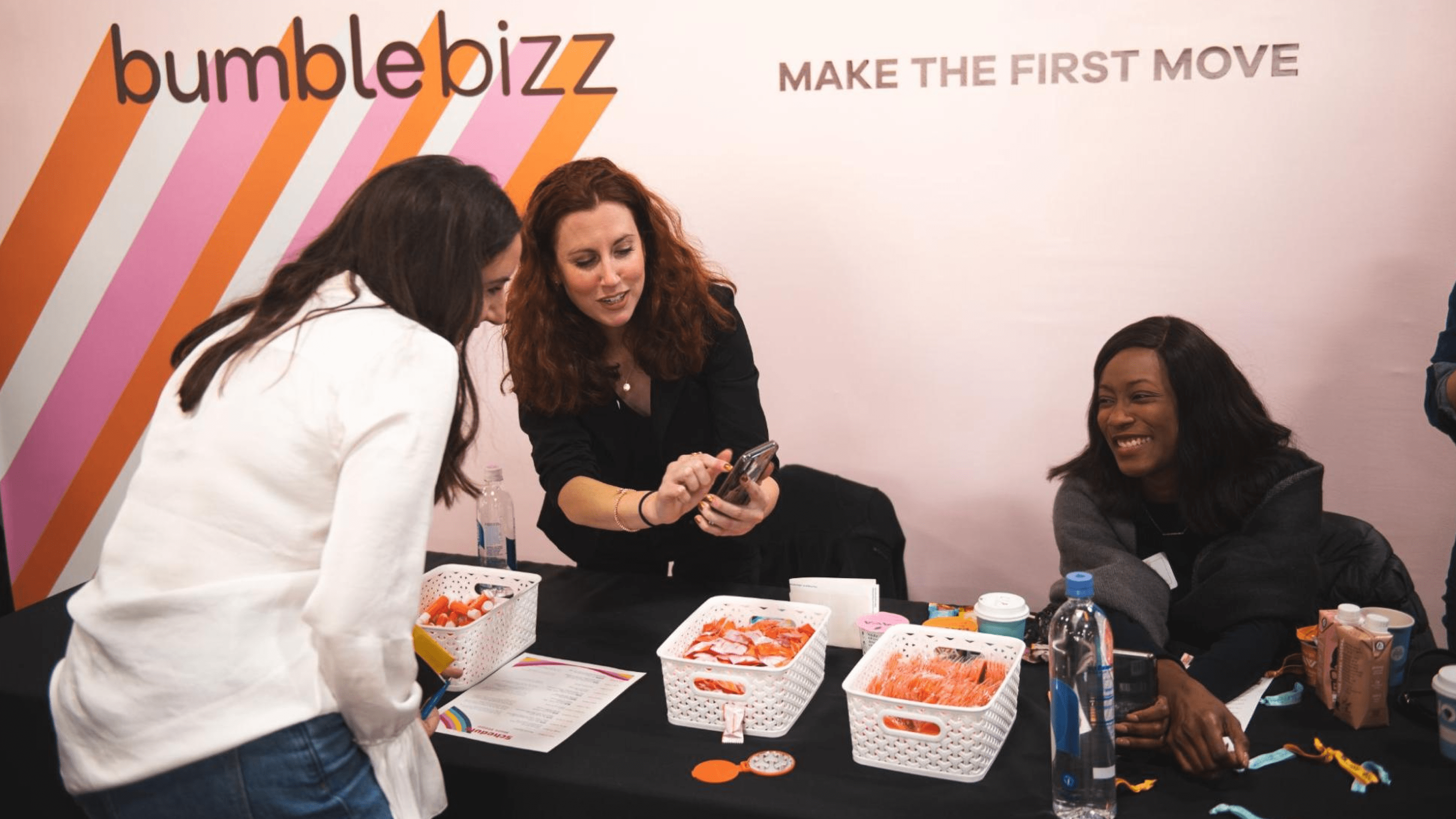
6. Convince companies to sponsor your event
Winning over potential sponsors takes more than mutual connections and a savvy pitch. To get sponsored, you’ll need to prove the value of sponsoring your event and that yours has the best people to pull it off. Here are key pieces of data that will help you secure event sponsorships:
- Attendee demographics: Sponsors want to know if your event attracts their target audience. Go beyond age, gender, and location. Provide education level, job title, and income to determine their purchasing power.
- Non-attendee demographics: Your guests aren’t the only people attending your event. You might have vendors, media coverage, and other sponsors onboard. It’s worth noting who they are and which audiences they reach. This data helps sponsors evaluate the broader brand exposure they will receive.
- Ticket/registration sales: Telling potential sponsors that your event sold out is a powerful indicator that you’re worth partnering with.
- Results generated by previous sponsors: Give sponsor ROI (return on investment) data from previous events you’ve hosted. If you’re planning your first event, do some market research to try and make reasonable projections about your event’s ROI.
- Event mentions: Track when, where, and how often your event is mentioned on social media, websites, blogs, and news sites. The more in demand your event appears, the more attractive a partnership will be.
💡Pro tip: Toasted Life has had some success finding event sponsors among their attendees, and Tuffuor enthusiastically recommends that approach. “Sometimes, the right sponsorship connection is already in the room and they might even be a regular. If guests work for brands that align with our audience, they likely already see the value in partnering with us.”
How do they do this? “For certain events, we ask attendees to share their LinkedIn profiles when they RSVP. From there, we can organically reach out and explore introductions to their sponsorship teams.”

7. Offer different event sponsorship packages
Use sponsorship packages to give partners a clear idea of how much to offer and what they can expect in return. Tiers help show how the benefits increase with the cost of sponsorship. Many event creators have one main sponsor with exclusive benefits.
Event sponsorships can vary depending on the scale of the event. Some local events offer sponsorship packages for as little as £100, whereas some multi-day festivals and sport events can cost up to £1 million.
Here’s an example of a three-tier sponsor package:
Gold – £30,000
- Opportunity to address all event attendees in a speaker session
- Brand logo on the cover of all printed event materials and brand profile page
- Main event slide with brand logo and social media handles
- 20 social media posts to promote attendance before the event
- Exhibition stand 18 ft x 18 ft (6m x 6m)
- One-page ad in the event brochure
- Three guest blog posts on the event website
- A key interview in the event podcast
- Website entry
- Sole branding of delegate goodie bags
- The main sponsor of the delegate drinks networking event
Silver – £10,000
- Brand profile page in printed event materials
- Small logo on sponsor page event slides
- 10 social media posts to promote attendance before the event
- Exhibition stand 9 ft x 9 ft (3m x 3m)
- Chance to hold a 30-minute speaker session on a side stage of the event
- Free printed leaflet or program in the delegate goodie bags
- Attendance to delegate drinks networking event
Bronze – £5,000
- Brand profile page in printed event materials
- Small logo on sponsor page of conference slides
- Two social media posts to promote attendance before the event
- Exhibition pop-up stand 6 ft x 6 ft (2m x 2m)
- Attendance to delegate drinks networking event
Some of the other great event sponsorship packages that you could consider are:
- Having one sponsor for each activity or area — for example, specific sessions, talks, or breakout rooms
- Giving restaurant-industry sponsors a vending booth at the event
- Including sponsors in virtual events through branding, speaker sessions, or goodie bag deliveries
Example: UK Startup Week
UK Startup Week did excellent working offering a wide variety of sponsorship packages for its upcoming event. Its guide to sponsorships clearly lays out the benefits to different sponsorship levels, with a range of prices starting at £750. It also includes current sponsor logos on the page to convince potential sponsors to invest.

8. Thank your sponsors
Make sure your sponsors feel valued. This promotes positive word-of-mouth around your event and lasting relationships.
Matt reminded me that keeping a sponsor is much easier than landing a new one. His go-to strategy? A thoughtful thank-you gift. This could be as simple as VIP tickets to your next event or something more personal.
“Pay attention to small details, maybe they mentioned a hobby in a meeting, had a unique item in their office, or shared upcoming travel plans. A well-chosen gift, like a restaurant gift card for their trip or a spa day if they seemed burnt out, shows you genuinely value them beyond just the sponsorship.”
Here are some methods you could use to thank your sponsors:
Thank them during the event
Give your sponsors the recognition they deserve while the audience is still present. Take a few moments before the end of the event to thank your sponsors and make them feel appreciated. Remember that potential sponsors for future events might take note, too.
Send a thank you note
Send sponsors a handwritten and personalised thank-you note after the event. This shows more effort than an email, and the sponsor can keep it as a memento.
Write a social media shoutout
A social media shoutout helps sponsors feel valued and could send more followers their way. Create an engaging post through videos or photos of them from the event.
This gesture can be warm and impactful, even if you have a small social media following. For instance, UK Startup Week uses their Instagram to give shoutout to their sponsors for each event.
Re-share sponsor content
When you show your event sponsor you value your relationship beyond the event, you foster long-term partnerships. A simple way to do that is to promote your sponsor’s content outside of the event agreement. This could be as simple as retweeting a sponsor’s tweet, re-sharing a blog post, or adding their videos to your YouTube channels.
Create a case study
A case study about the sponsor’s involvement in your event improves stats and gives you a reason to stay in touch after the event. Sponsor spotlights can also help entice future partners.
Ready for new sponsorship activations?
The right sponsorships can have a positive impact on a sponsor’s reputation, generate leads and boost brand awareness. It’s up to you to show them that value at a quick glance.
One of the best ways to win a brand’s trust is to show them that your audience aligns with theirs. I like to use Eventbrite’s audience summary report to make a case for this.
Using one platform to sell, market, and analyse event data also makes the process super easy — and I don’t have to go out of my way to create reports. (I didn’t become a creative, just to get stuck wrangling with numbers.)
